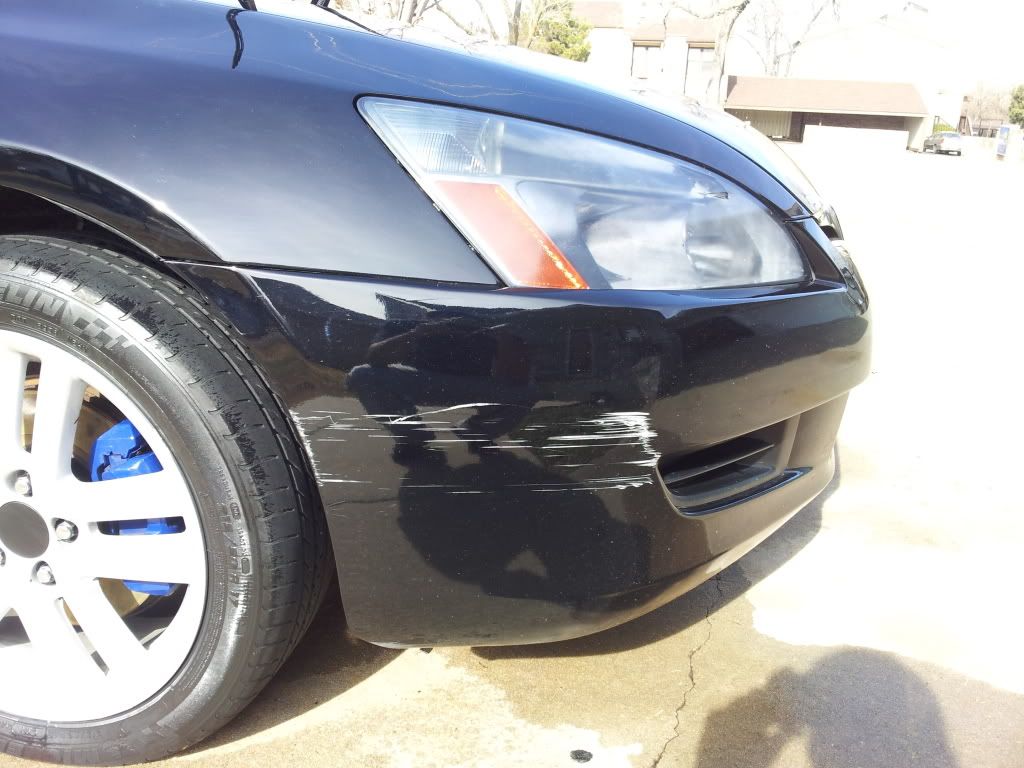i saw a commercial for that product that all you do is rub in and the scratch disappears. i was going to use that on my
charger, but i'm afraid of it maybe dulling the paint around the scratch to make the paint stretch out. any help?
Are you referring to Todd's more conventional method of touch up, or the Dr Colorchip Kit?
I tried the conventional method on my beater 2001 Kia about 5 months back.
I had a slew of wet papers, the Meguiars UniGrit 2500 Sanding Block, and even a Nib Shaver. Honestly, I got very so so results, and in fact in a couple areas on the hood went through both the clear coat, and the color coat! LOL
I wasn't too upset though, but I will say this. Doing such takes a lot of patience, and some expertise-mastery. I will say I'm no expert, and hence one reason I didn't wish to go that route on my better vehicle, the Tahoe.
Hence, I went with the Dr Colorchip Kit, and I will say it will be impossible to hurt the factory paint with this system.
With the Dr Colorchip SealAct product, you could rub on the paint with it till the cows come home, you cannot hurt the paint with it. It doesn't in any way act upon the factory paint, only the touch up, and by overuse, all you'll succeed in doing, is fully removing the touch up paint.
I have found-discovered, that the Dr Colochip Sealact Solution will work-act upon standard touch up factory paints, or Duplicolor touch up paints, but with much more rubbing and use of the SealAct product involved. And again, with no damage incurred to the surrounding Factory Paint.
Thus, one can even correct, or fully remove old, and/or poorly done previous touch up work with this kit.
I was a bit skeptical when I first recieved this kit, thinking I might again not be impressed, but I was wrong. This product so far has performed to expectations, and feel the kit was worth every penny.

